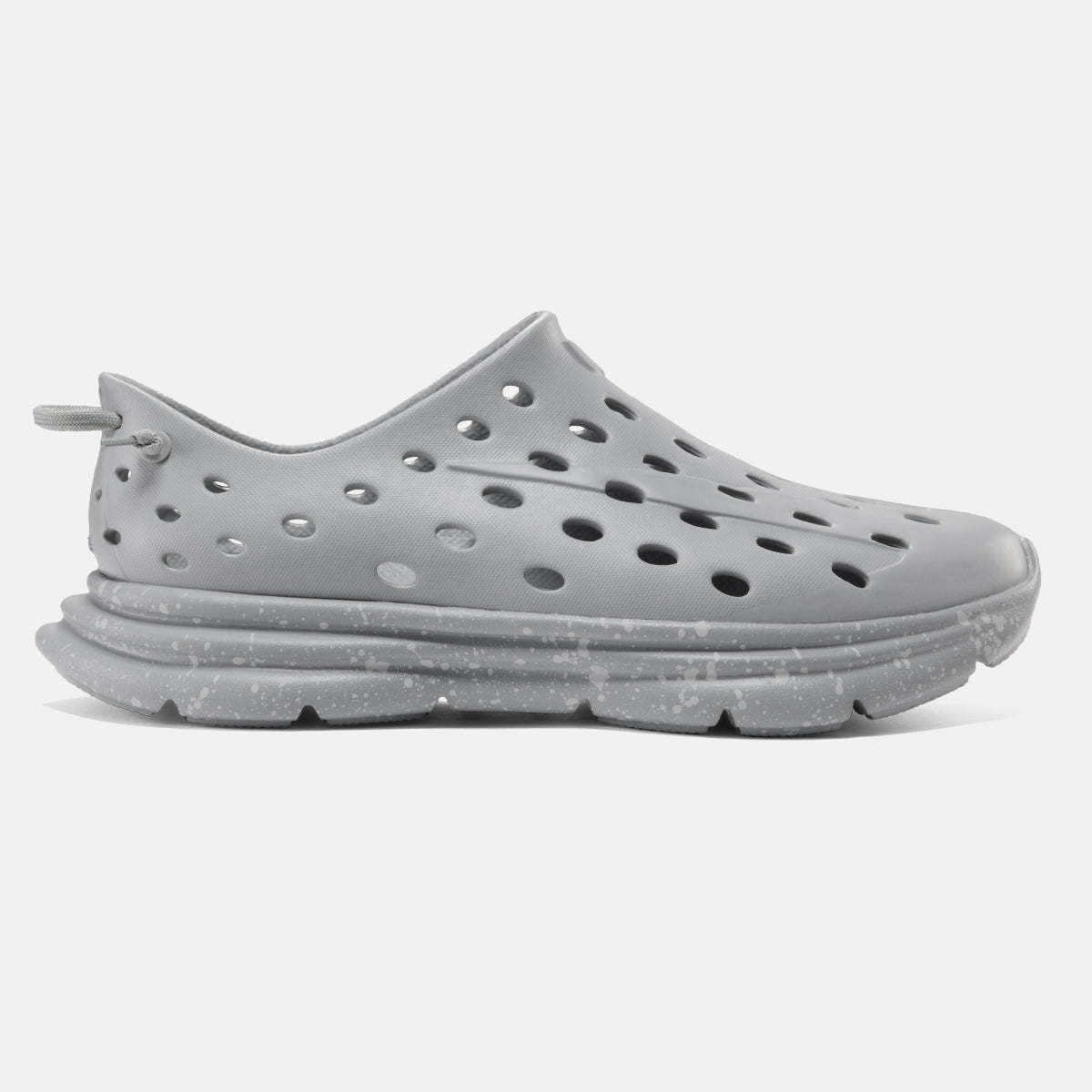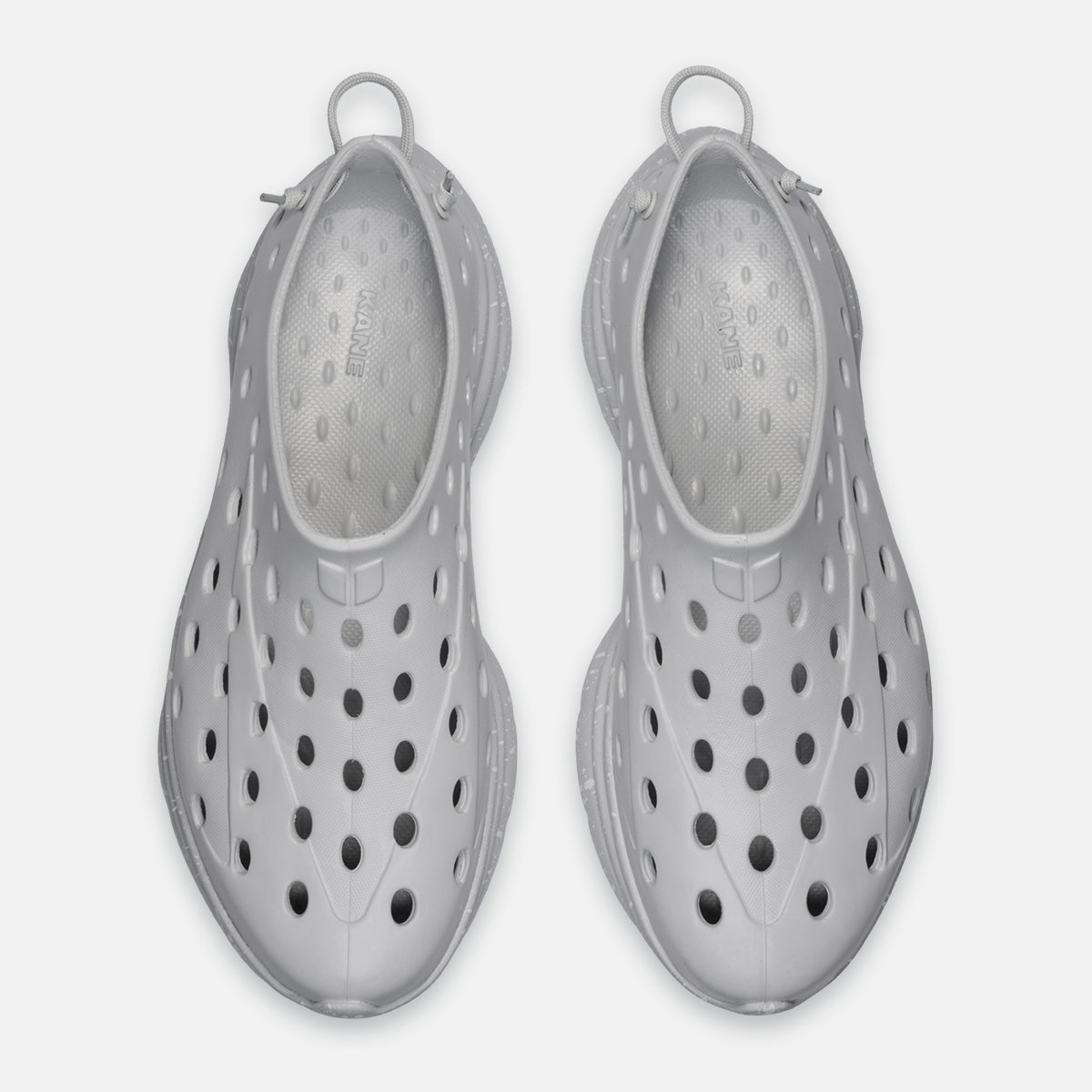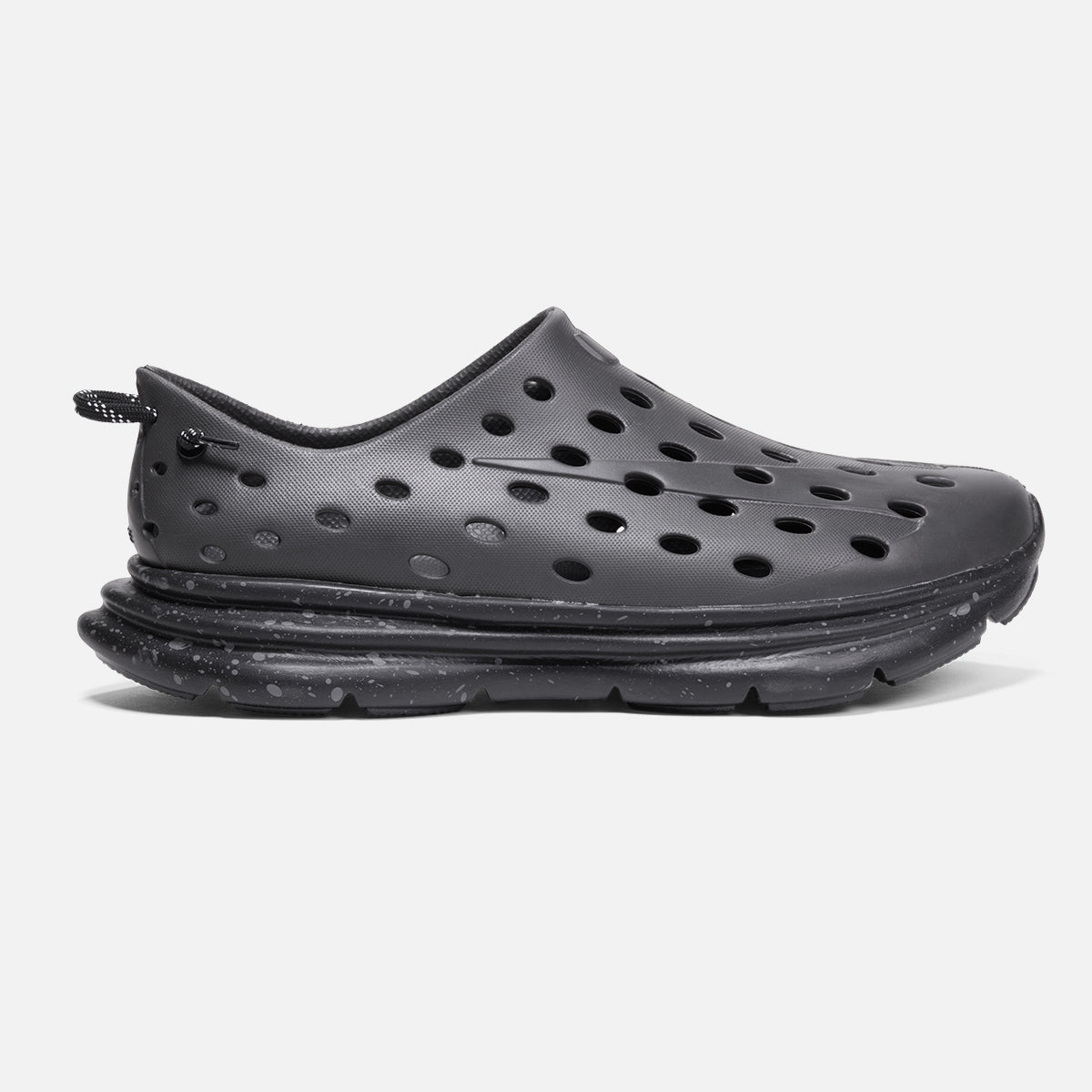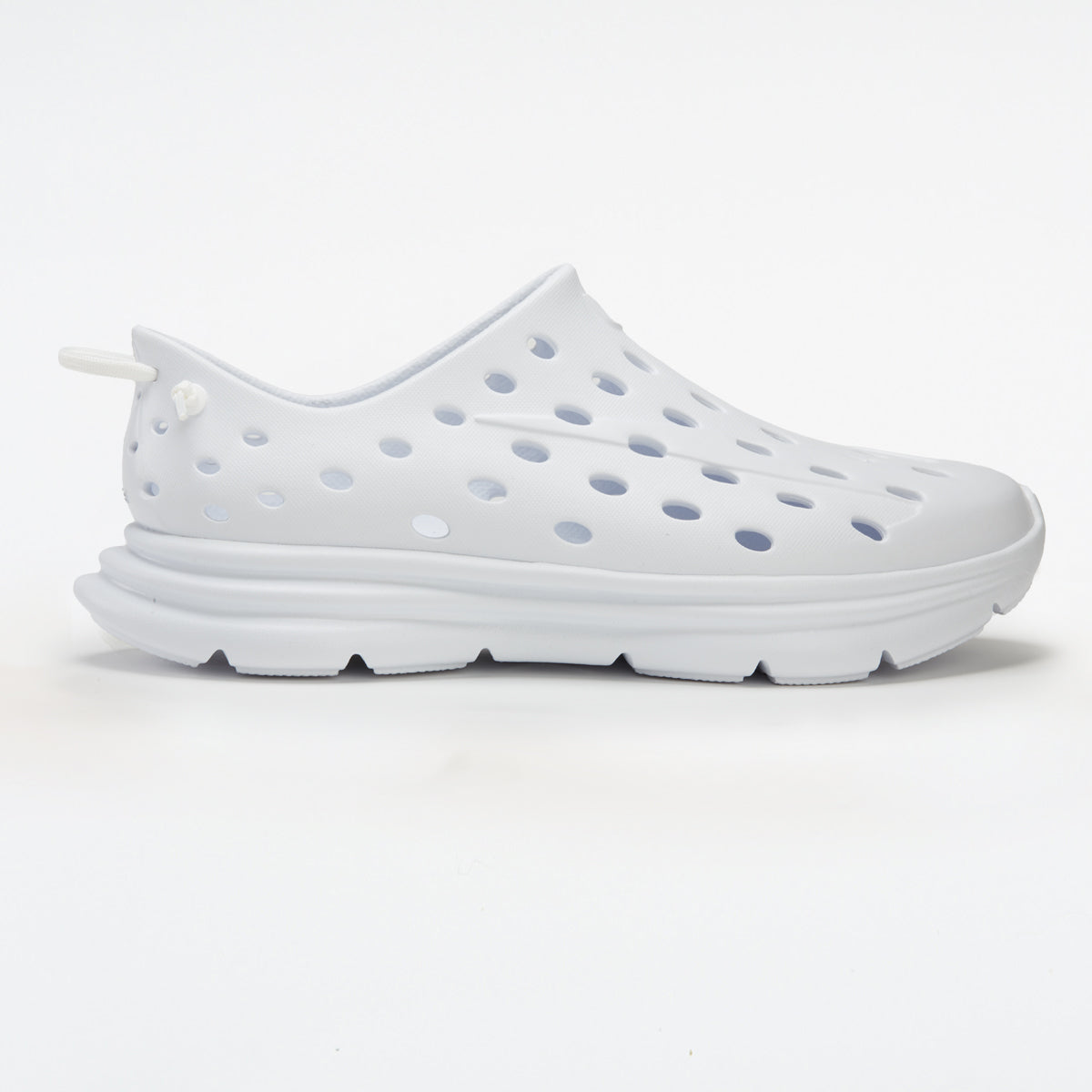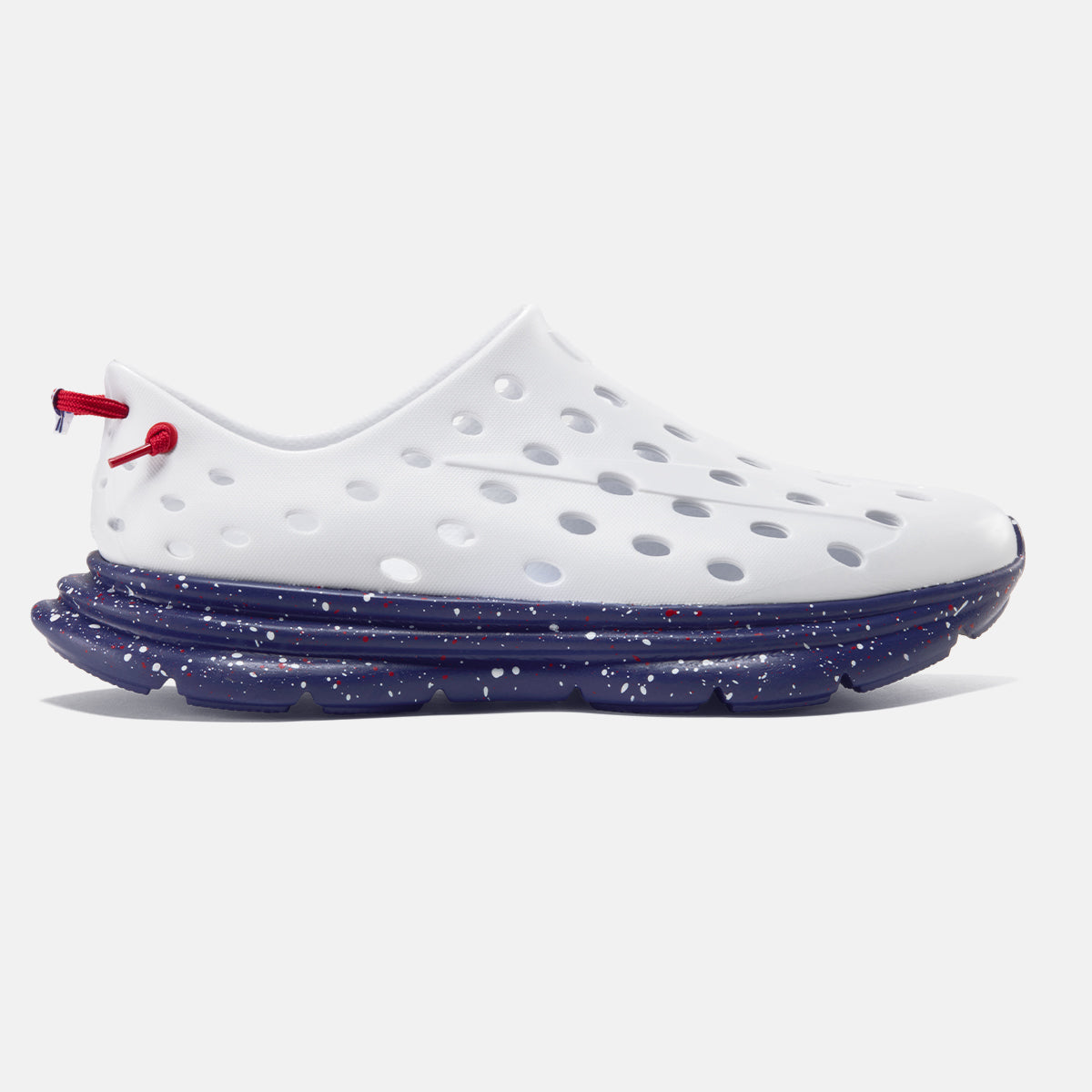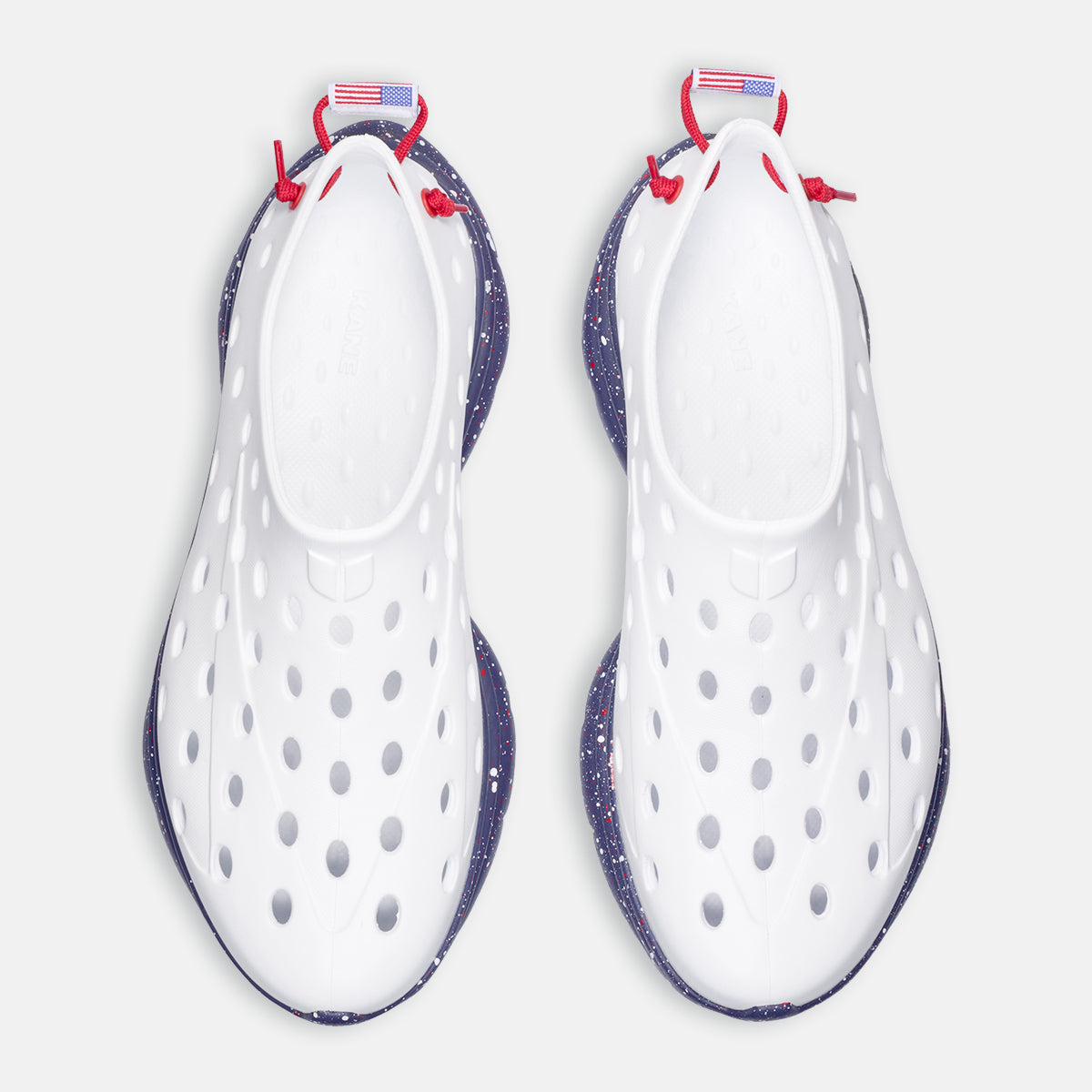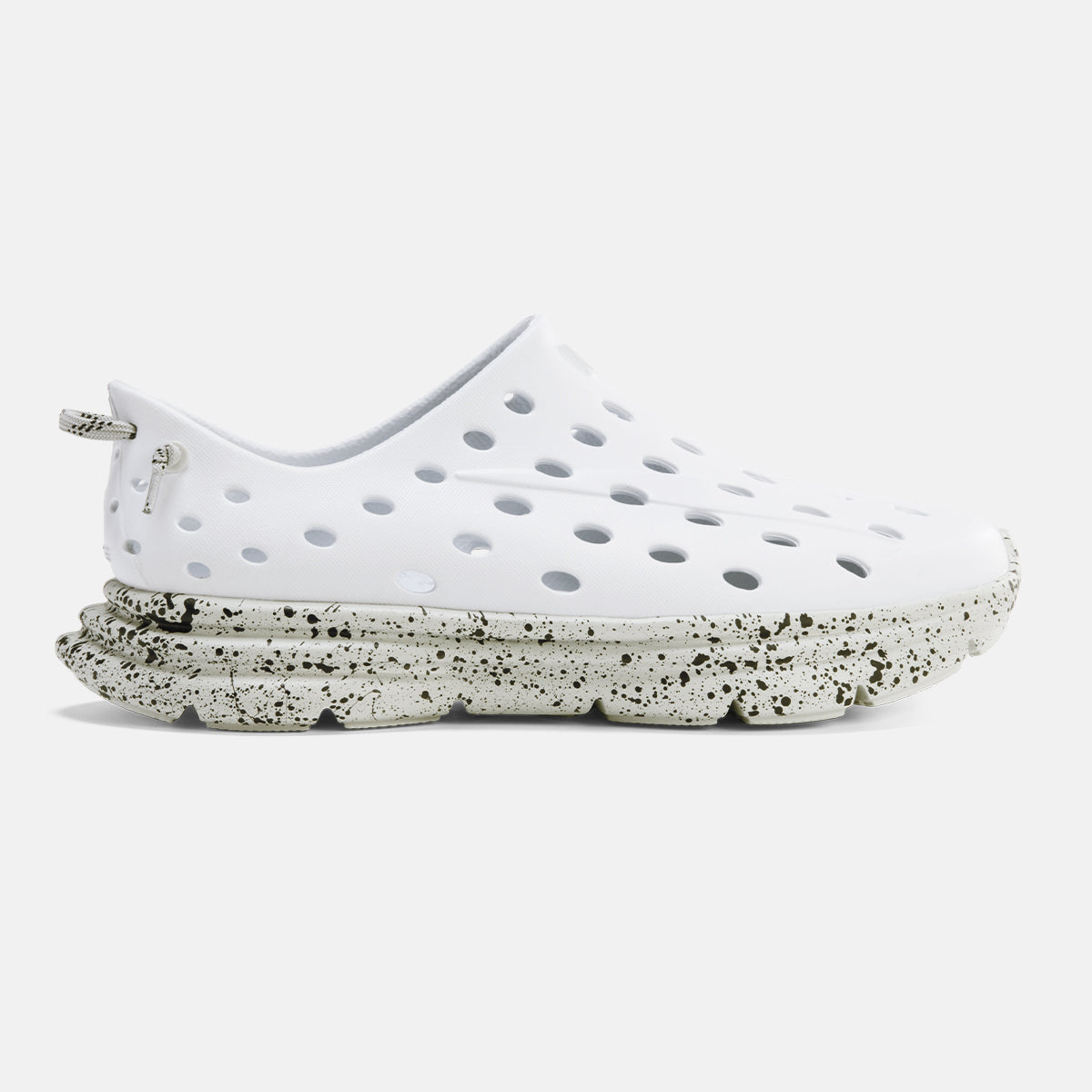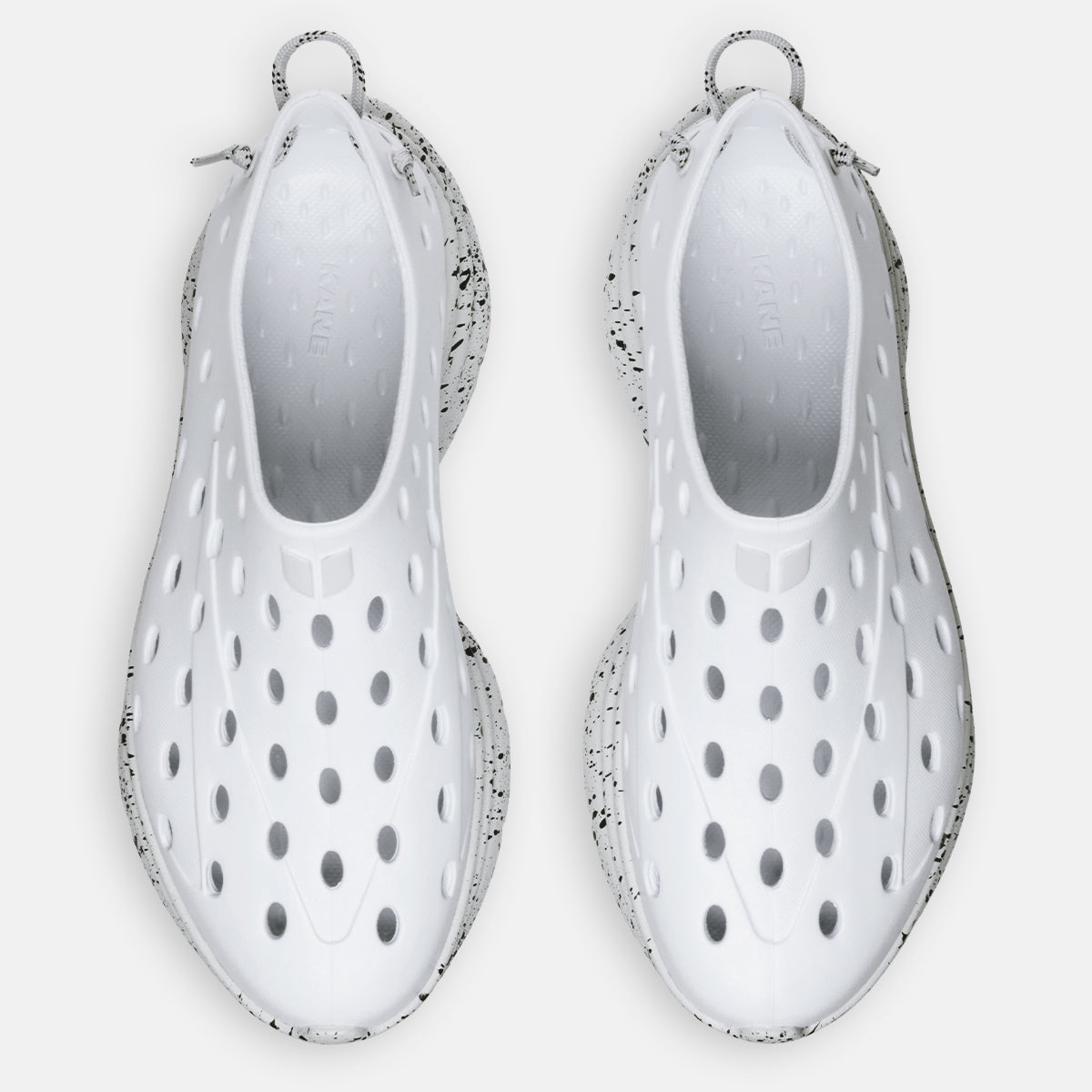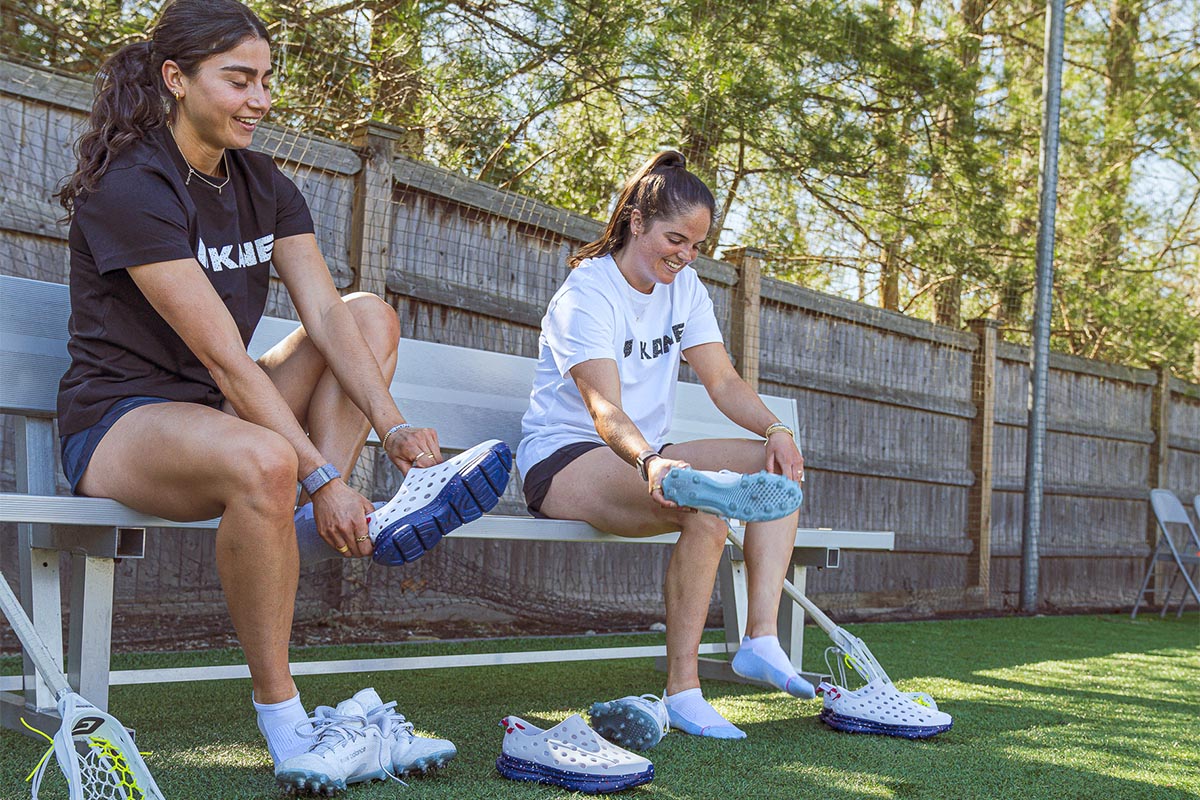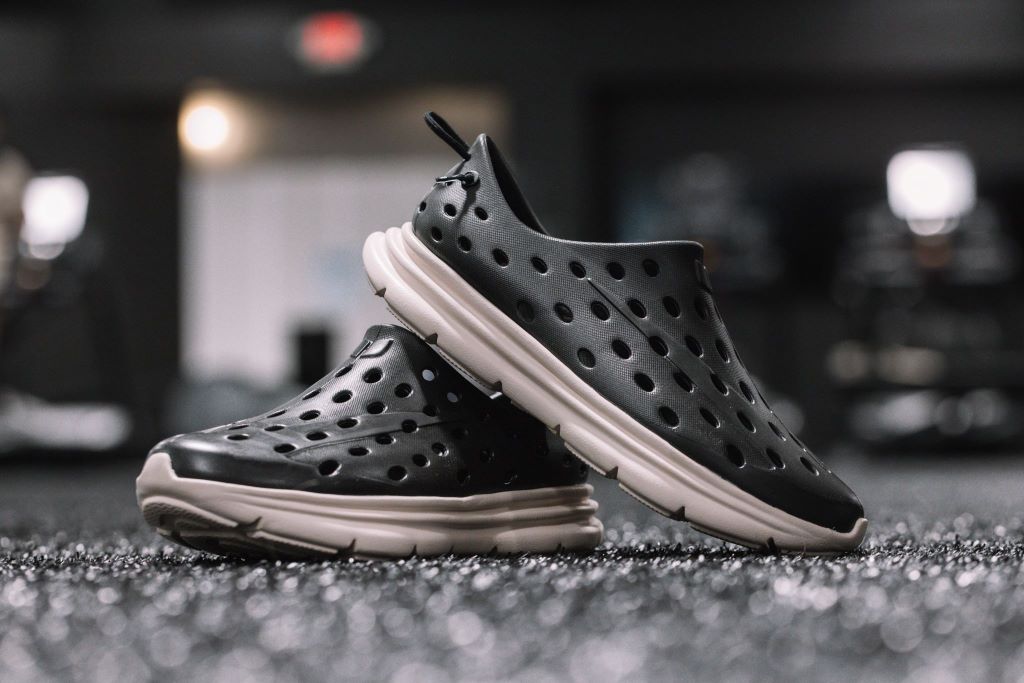Whether you’re an athlete pushing your limits or someone who enjoys a regular fitness routine, recovery is an essential part of your training. While rest days are important, there’s a more dynamic approach that can help your body heal faster and perform better: active recovery workouts. Unlike passive recovery, where you rest entirely, active recovery involves low-intensity exercises that keep your body moving, promoting better circulation and faster muscle repair.
Incorporating active recovery into your training routine can help you recover from strenuous workouts, reduce soreness, and improve overall performance. This article will guide you through the best active recovery exercises and explain how to seamlessly add them to your fitness routine.
What is active recovery?
Active recovery refers to engaging in low-intensity exercises following a strenuous workout or during recovery days. These exercises help maintain blood flow to your muscles without adding unnecessary stress. The goal is to improve circulation, prevent muscle stiffness, and speed up the body’s recovery process.
Unlike passive recovery, where you take a day off to rest completely, active recovery allows you to move your muscles and joints gently, facilitating faster healing. Studies have shown that active recovery can help improve exercise performance in future workouts by reducing lactic acid buildup, preventing delayed-onset muscle soreness (DOMS), and maintaining flexibility.
Top active recovery workouts
Active recovery exercises aren’t just about staying active on your rest days—they’re key to ensuring your body recovers efficiently while staying mobile. Let’s explore some top exercises that fit perfectly into an active recovery workout. Examples of active recovery include:
1. Walking or light jogging
One of the simplest yet most effective active recovery workouts is walking or light jogging. These activities keep your blood flowing without straining your muscles, making them ideal for post-workout recovery.
- Benefits: Walking or light jogging helps reduce soreness by promoting circulation and oxygenating the muscles
-
When to do it:
Great for a relaxed active recovery day after high-intensity training sessions
2. Swimming or recovery swim
Swimming is another fantastic option for active recovery days. The buoyancy of water supports your body, reducing the impact on your joints while allowing your muscles to move through a full range of motion.
- Benefits: Swimming helps alleviate muscle tension and improves circulation without stressing sore muscles
- Who it’s for: Athletes recovering from intense physical activity and those looking for a low-impact recovery option
3. Cycling or stationary bike
Whether it’s an outdoor bike ride or a gentle session on a stationary bike, cycling is a great way to keep the blood flowing through your legs without too much effort.
- Benefits: This activity promotes circulation and helps reduce lactic acid buildup in the muscles, making it perfect for a recovery session
- Ideal for: All fitness levels, handy for those needing a break from high-intensity interval training or running
4. Yoga and tai chi
Gentle stretching through yoga or tai chi offers a more meditative approach to active recovery exercises. These practices focus on slow, controlled movements and breathing, helping to release tension and improve flexibility.
- Benefits: They reduce muscle pain, improve flexibility, and enhance mental health by reducing stress
-
When to do it:
Perfect for rest or recovery days when you need to relax your mind and body
5. Foam rolling and self-myofascial release
Foam rolling is a go-to for anyone needing to work out tight spots and improve circulation after a strenuous workout. This self-myofascial release technique targets knots and areas of muscle tightness, enhancing recovery.
- Benefits: Foam rolling promotes better blood flow to the muscles, reduces soreness, and speeds up recovery
- How to use it: Incorporate foam rolling into your training routine to release tension and improve flexibility
Best practices for active recovery workouts
When it comes to adding active recovery to your routine, balance is the name of the game. Here are a few best practices to follow:
- Start slow: Begin with low-intensity activities like walking or yoga and gradually increase the time or intensity if needed.
- Time your recovery: Limit active recovery sessions to about 20-30 minutes. These sessions should feel light and energizing, not exhausting.
- Listen to your body: Every person’s recovery needs are different. If you’re sore or tired, opt for gentler exercises like yoga or foam rolling.
- Rotate activities: To avoid overworking specific muscle groups, incorporate different activities such as cycling, swimming, and stretching throughout the week.
When to opt for passive recovery
While active recovery has numerous benefits, there are times when passive recovery is a better option. Passive recovery means absolute rest—no physical activity—allowing your body to heal from intense exercise or injury.
When to choose passive recovery days:
- After particularly intense training sessions that leave you feeling fatigued or if you’re experiencing muscle damage
- When recovering from an injury, allowing the body to repair fully without strain
- On days when your body simply needs rest to replenish energy stores and recover from a previous workout
Both active and passive recovery have their place in a balanced exercise routine. Listen to your body and switch between the two based on how you feel for optimal results.
How recovery shoes can enhance both types
Your footwear plays a significant role on rest days. Recovery shoes are designed to support your feet during periods of rest or light movement, enhancing both types of recovery efforts.
For active recovery
When you're on your feet, recovery shoes can help by promoting blood flow and providing the right amount of cushioning to reduce strain on your joints. Whether you're on a light walk or doing some yoga, the right shoes ensure your recovery period goes smoothly.
For passive recovery
Even on a rest day, your feet need support. Wearing recovery shoes during your rest periods can alleviate tension in your legs and lower back, helping your body relax fully.
Discover Kane Recovery Shoes!
Kane's recovery shoes provide excellent support, comfort, and durability for those in need of top-notch recuperative footwear. Featuring an adjustable hook-and-loop single-strap synthetic upper, plush TPR footbed, and durable injected EVA outsole, these kicks come with all the right features to assist you during your rehabilitation journey.
Aside from providing quality products, they are also committed to sustainability. They have become a Certified B Corporation while dedicating 1% of their overall profits to environmental charities.
When and how to wear Kane Revive
The best moment to wear most recovery shoes is directly after a strenuous activity such as running or exercising. This helps minimize inflammation and launch the healing process. To guarantee maximum comfort and effective recuperation, make sure that you are wearing your recovery footwear correctly by tying up laces securely for a snug fit around your feet.
Benefits of active recovery workouts
The benefits of incorporating active recovery workouts into your exercise routine extend beyond simply speeding up the recovery process. Let's explore the main advantages.
1. Reduces muscle soreness
One key benefit of active recovery is that it helps reduce muscle soreness following a demanding workout. Engaging in low-intensity activities helps increase blood flow, which clears out byproducts like lactic acid that accumulate during intense exercise. This reduction in lactic acid buildup significantly lowers the risk of DOMS.
2. Improves blood flow
Maintaining circulation through active recovery exercises improves the supply of oxygen and nutrients to muscles, aiding their repair. This accelerates the body's natural healing process, helping muscles recover faster and more efficiently. Whether you opt for a light jog, gentle yoga, or cycling, these activities help your muscles get the nutrients they need to recover and grow.
3. Enhances flexibility and mobility
Performing active recovery sessions such as stretching or self-myofascial release exercises can help improve flexibility and mobility over time. By maintaining joint movement and preventing muscle stiffness, you set yourself up for better performance during your next workout. Incorporating gentle movements from practices like tai chi or yoga can also help alleviate muscle tension and increase your range of motion.
4. Supports mental health
Recovery isn't just physical—it's mental, too. Low-intensity, meditative activities such as yoga or static stretches can be calming, lowering stress and anxiety levels. They provide a much-needed mental break from your strenuous workout routine, helping to enhance your overall well-being. In this way, active recovery days are a great time to focus on your mental health while keeping your body in motion.
How to incorporate active recovery into your workout routine
Now that we've covered the benefits, how can you effectively incorporate active recovery into your routine? Here's a simple guide to follow whether you're an athlete or someone who exercises regularly:
- Schedule regular active recovery days: Aim for at least one active recovery day per week, especially after high-intensity workouts or strength training sessions. During these days, focus on low-intensity activities that promote blood flow without putting additional stress on your muscles.
- Switch up your active recovery activities: Rotate between different types of recovery activities such as swimming, cycling, and walking. This keeps things fresh and ensures that all your muscle groups are engaged without overuse.
- Listen to your body: On some days, you may need more intense recovery, such as using a foam roller, while on other days, a gentle recovery swim or stretching session may be sufficient. Pay attention to how your body feels after an intense workout and tailor your recovery accordingly.
- Incorporate active recovery exercises into rest days: Even on designated rest days, adding a short walk or a yoga session can help your body stay limber and speed up muscle recovery. These active rest days provide the right balance between rest and movement, ensuring you remain flexible and energized.
- Work with a personal trainer or physical therapist: If you're new to active recovery workouts or unsure where to start, consulting with a sports medicine specialist can be helpful. They can guide you on the right exercises to incorporate into your routine, especially if you're recovering from an injury or dealing with muscle pain.
Active recovery vs. passive recovery: Which is right for you?
While both active recovery and passive recovery play vital roles in improving exercise performance and helping your body recover, how do you decide which one to use? The answer largely depends on the intensity of your workout and how your body feels afterward.
Use active recovery when:
- You've completed an intense workout and want to maintain movement without additional strain
- You're looking to improve circulation and prevent muscle soreness
- You need to speed up recovery while staying mobile, especially if you have another challenging workout coming up soon
Use passive recovery when:
- You feel exhausted after several intense physical activities
- You're experiencing more severe muscle damage or an injury that requires absolute rest
- You need to replenish your energy stores and allow your muscles time to recover
In many cases, athletes and fitness enthusiasts will incorporate both active and passive recovery into their training schedules. For instance, after a series of particularly tough high-intensity interval training sessions, you might opt for an active recovery day, followed by a passive recovery day to fully rest and recover.
Sample weekly workout routine with active recovery
Here's an example of how you might structure your weekly workout routine with active recovery:
- Monday: High-intensity strength training (upper body focus)
- Tuesday: Active recovery workout (walking or stationary bike session)
- Wednesday: High-intensity cardio (sprints or interval training)
- Thursday: Active rest day (yoga or using a foam roller)
- Friday: Strength training (lower body focus)
- Saturday: Recovery swim or light cycling
- Sunday: Rest day (complete rest)
Making active recovery a priority
Incorporating active recovery workouts into your fitness routine is crucial for maintaining peak performance and preventing injury. The benefits—from reducing muscle soreness to improving exercise performance—are clear, and with a bit of planning, it's easy to make active recovery a regular part of your schedule.
Remember that recovery is just as important as your actual workouts. Whether you're using a foam roller, going on a light jog, or working on your flexibility with yoga, every small step contributes to better recovery and enhanced performance. So, as you plan your next active recovery day, listen to your body, stay consistent, and enjoy the long-term benefits of a well-rounded recovery plan.
Frequently asked questions
What is an active recovery workout?
An active recovery workout involves performing low-intensity activities after intense workouts to help your body recover. These exercises keep the body moving without putting additional strain on muscles, promoting healing and reducing soreness while maintaining fitness levels.
What is the best recovery workout?
The best recovery workout depends on your body’s needs, but activities like steady-state cardio, walking, or yoga are effective. These exercises help maintain movement, boost circulation, and improve flexibility without overloading the muscles, promoting better recovery after tough sessions.
Is it better to take a rest day or active recovery?
It depends on your level of fatigue. If you’re feeling exhausted after several demanding workouts, you might need absolute rest. However, for faster recovery, an active method can aid muscle growth while giving your body a break.







































